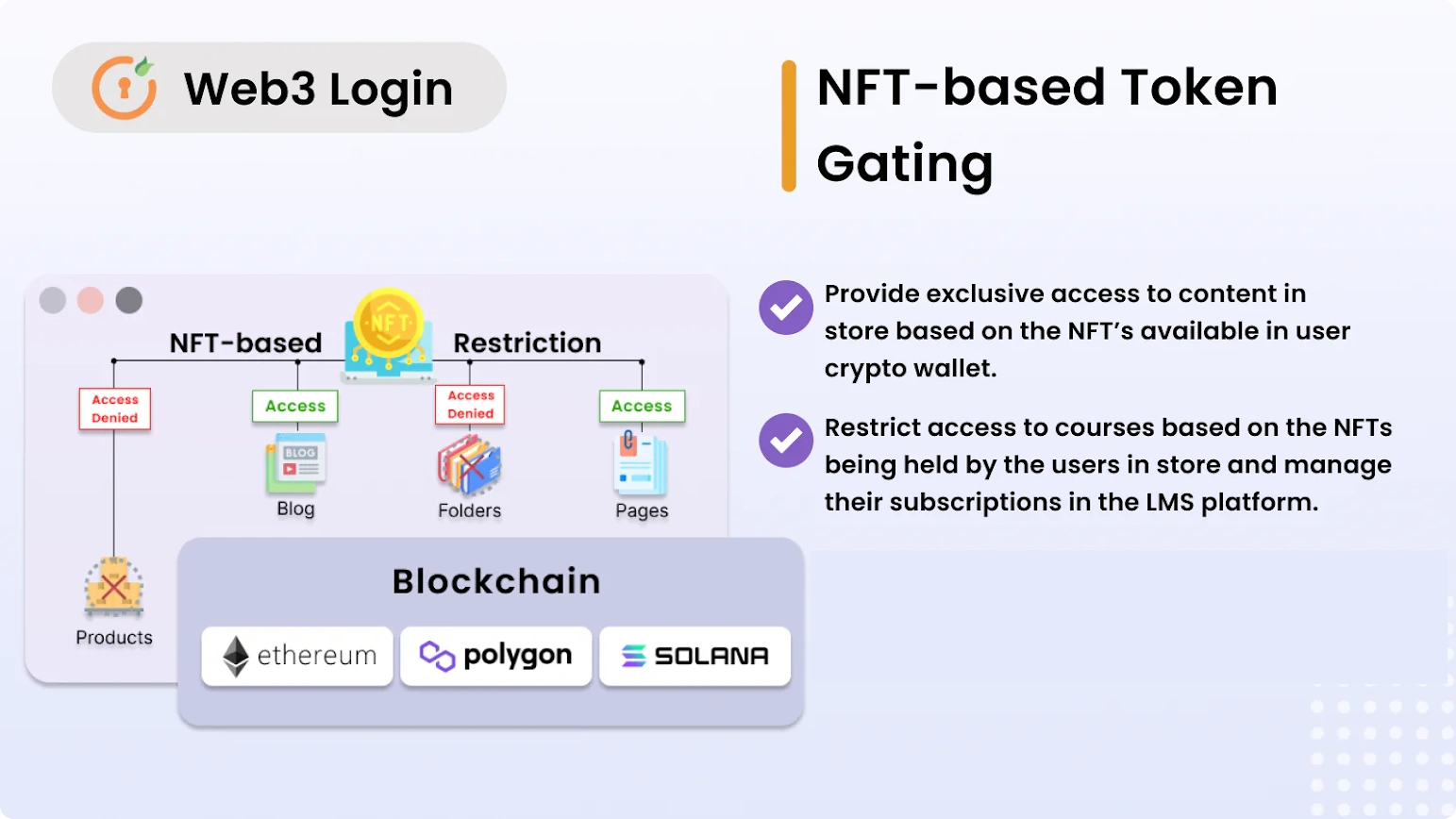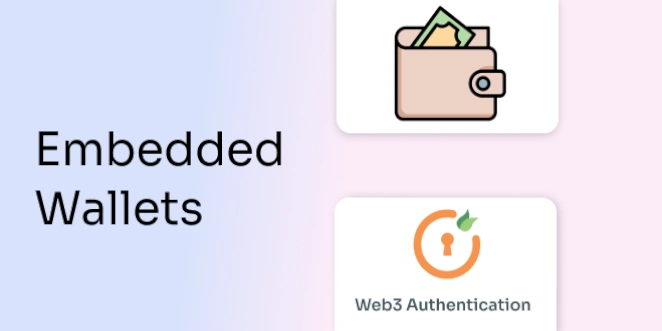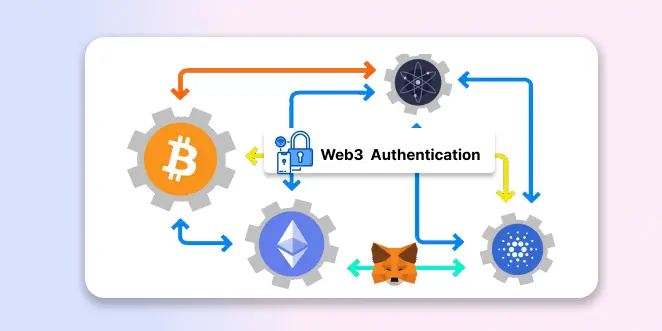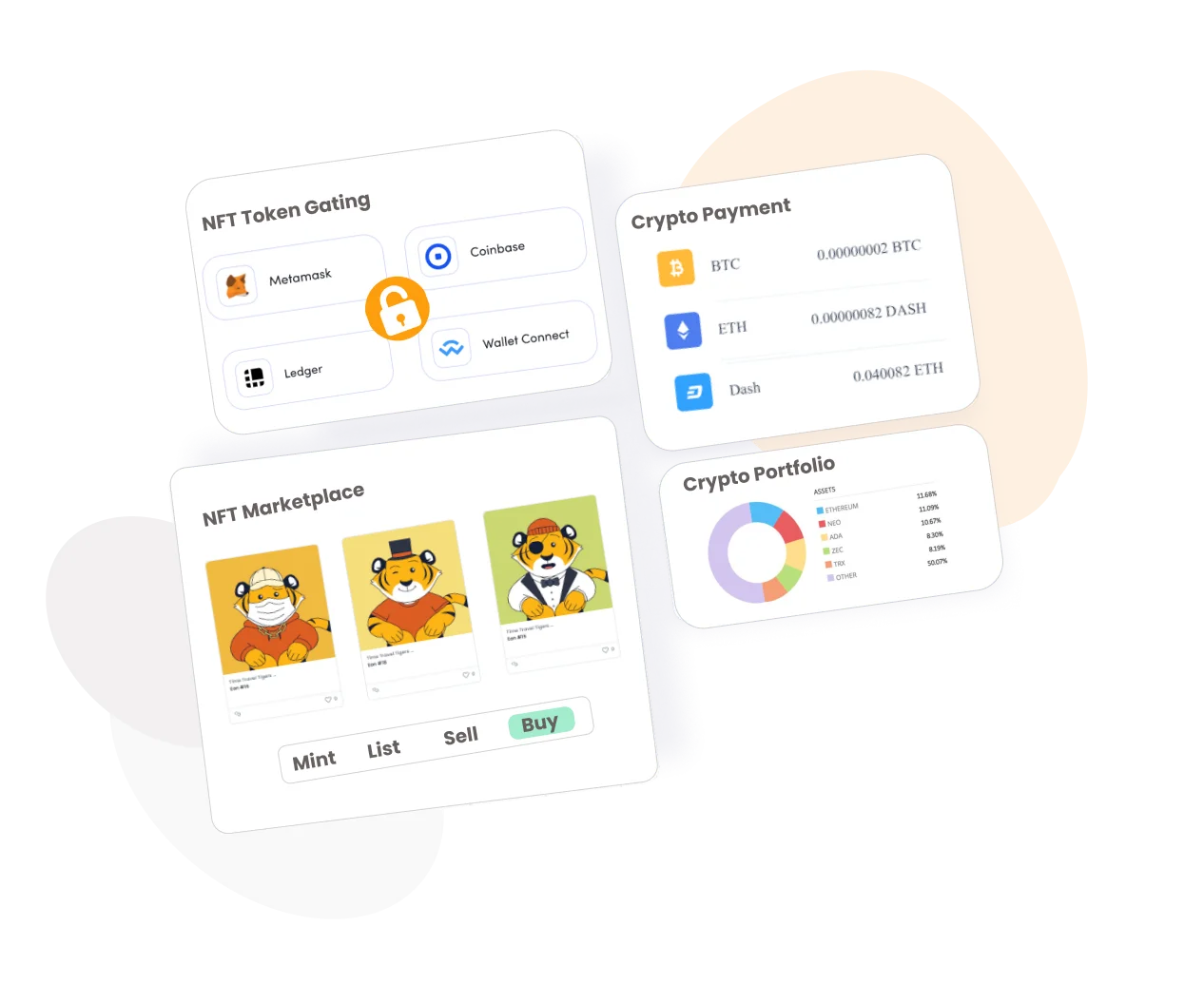Let’s dive into what is Web3 authentication, how it works, and why it’s better than traditional user logins.
What is Web3 Auth?
Trust and privacy are the two main things internet users demand these days. With numerous instances of hacking and data breaches each day, people are slowly losing confidence in the traditional user authentication methods that require them to log in using their usernames and passwords.
To address this issue, many users online, as well as businesses, are now shifting to Web3 authentication, or Web3 Auth. It’s a new, more secure login solution that can drastically improve user trust, simplify authentication, and lower the risks of data breaches and identity theft.
Unlike traditional username and password setups, Web3 Auth offers passwordless authentication where in users can log in using a digital wallet such as MetaMask login or another crypto wallet. This ensures a decentralized and secure way of verifying identities online.
How Does Web3 Authentication Work?
Web3 authentication is nothing but blockchain-powered identity verification. Here’s how it works:
1. Setting Up Your Wallet: First, you need to install a digital wallet like **MetaMask wallet login*8 and create a unique private-public key pair. This key pair acts as your digital identity.
2. Log-In Request: When you try to access a website, you simply select your wallet, such as MetaMask login, and approve the authentication request.
3. Verifying Your Identity: The website sends a unique challenge message that you sign using your private key. This proves that you own the wallet without revealing your private details.
4. Access Granted: Once the system verifies the signed message, you’re logged in—no passwords needed! This method makes passwordless authentication easier and more secure.
5. Secure Interactions & Transactions: After logging in, you can interact safely with blockchain-based applications, including product authentication systems, NFT marketplaces, and DeFi platforms.
(Learn in detail about how Web3 Authentication works.)
How is Web3 Auth better than Web2 Auth?
Unlike traditional Web2 Auth, where credentials are stored on centralized servers, Web3 authentication provides better security and privacy. Here’s a quick comparison:
| Feature | Web2 Authentication | Web3 Authentication |
|---|---|---|
| Authorization Model | Is based on username and password | Is based on public-private key pairs or decentralized identifiers (DIDs) |
| **User Data Storage | Centralized servers | Blockchain storage solutions** |
| **Security | Vulnerable to data breaches and phishing attacks | Secure against data breaches and phishing attacks** |
| Interoperability | Limited interoperability between different services and systems | Easy interoperability across different systems and services using standardized protocols |
| User Experience | Familiar interface for users accustomed to traditional web applications | It may require additional steps for users to understand and manage their digital identity |
Types of Web3 Authentication
There are several types of Web3 authentication methods, each with its own advantages and disadvantages. Here are some of the popular ones:
- Wallet-based login: This is the most common Web3 Auth method, in which a user’s crypto wallet like MetaMask login, Trust Wallet, or Coinbase Wallet is connected to the user’s application to verify ownership of a particular public key. Users authenticate using wallets
- Decentralized Identities (DIDs): DIDs are a new way to manage a user’s identity online. They function like an independent identifier, separate from any specific platform, and give users more control over their data.
- NFT-Based Authentication: Similar to token-based authentication, this method uses non-fungible tokens (NFTs) that link access rights or identities to unique digital assets.
- Multi-Factor Authentication (MFA): Combining Web2 auth with blockchain-based verifications, Multi-Factor Authentication gives enhanced security due to multiple layers of verification, making unauthorized access more difficult.
Benefits of Web3 authentication
1. Stronger User Verification:
Web3 Auth uses cryptographic keys to verify user identity. This reduces the risk of unauthorized access to your online accounts and prevents data breaches.
2. Smoother User Experience:
It lets you log in to different apps with a crypto wallet, making the login process simpler and faster. This can help businesses keep their users engaged and coming back for more.
3. Universal Digital Identity:
Creates a unified digital identity that can unlock dApps that reward users with specific NFTs or tokens and grow communities.
4. Exclusive Features with Tokens:
Grants access to special features based on tokens that users hold. This creates a more engaging experience and new ways for companies to capitalize on the decentralized space.
5. Enhanced Privacy:
With Web3 Auth, you can choose what information to share with dApps. This allows for anonymous interaction, protecting sensitive personal details.
Real-World Applications of Web3 Auth
1. Financial Institute
Web3 authentication can improve how sensitive information is handled in the financial sector, providing a secure framework that enhances customer trust and complies with strict banking regulations. Some applications of Web3 Auth in banking are:
- Smart Contract Integration: Financial institutes can use Web3 Auth with smart contracts to automate and secure banking transactions. For instance, certain transactions can be completed only after multiple verifications, reducing fraud.
- Cross-Border Services: Cross-border services usually involve rigorous identity verification procedures. Web3 Auth can enhance security and user convenience in cross-border services by utilizing blockchain technology. This eliminates the need for traditional authentication methods and lowers the risks of identity theft and fraud.
2. Digital NFT & Gaming
With the gaming and digital NFT space growing, Web3 Auth has found its place as the preferred solution for user verification on these platforms. Here are some of its uses:
- Proof of Ownership: By combining Web3 Auth with NFTs, collectors, and artists can securely sign in and manage their digital assets without revealing sensitive personal information.
- In-game Asset Control: Gamers can use Web3 Auth with NFTs to own unique in-game items (like skins, characters, and tools) and facilitate secure login and management of these assets across various gaming platforms without the need for multiple credentials.
Learn more about WooCommerce Crypto Wallet Integration, and NFT Token Gating
Why Web3 Auth is the future?
Web3 authentication could significantly improve the way you interact with digital services in the future. In fact, companies like Starbucks, Salesforce, Nike, and JP Morgan have already switched to Web3 in the year 2024.
Speculating this move, Web3 Auth could soon become the norm, offering a more secure, private, and user-centric way to interact with the online world. It will empower users and foster a more secure and trustworthy internet.
Ready to switch to Web3 Authentication?
Try miniOrange Web3 Authentication, our decentralized, and user-controlled authentication solution that increases security, and privacy, and offers a much better user experience to your customers online.
Contact us at info@xecurify.com to book an appointment with our Web3 Auth experts today!
Additional Resources
1. How Web3 Authentication, NFT Marketplace, Smart Contracts, and Crypto Payments Work Together





Leave a Comment